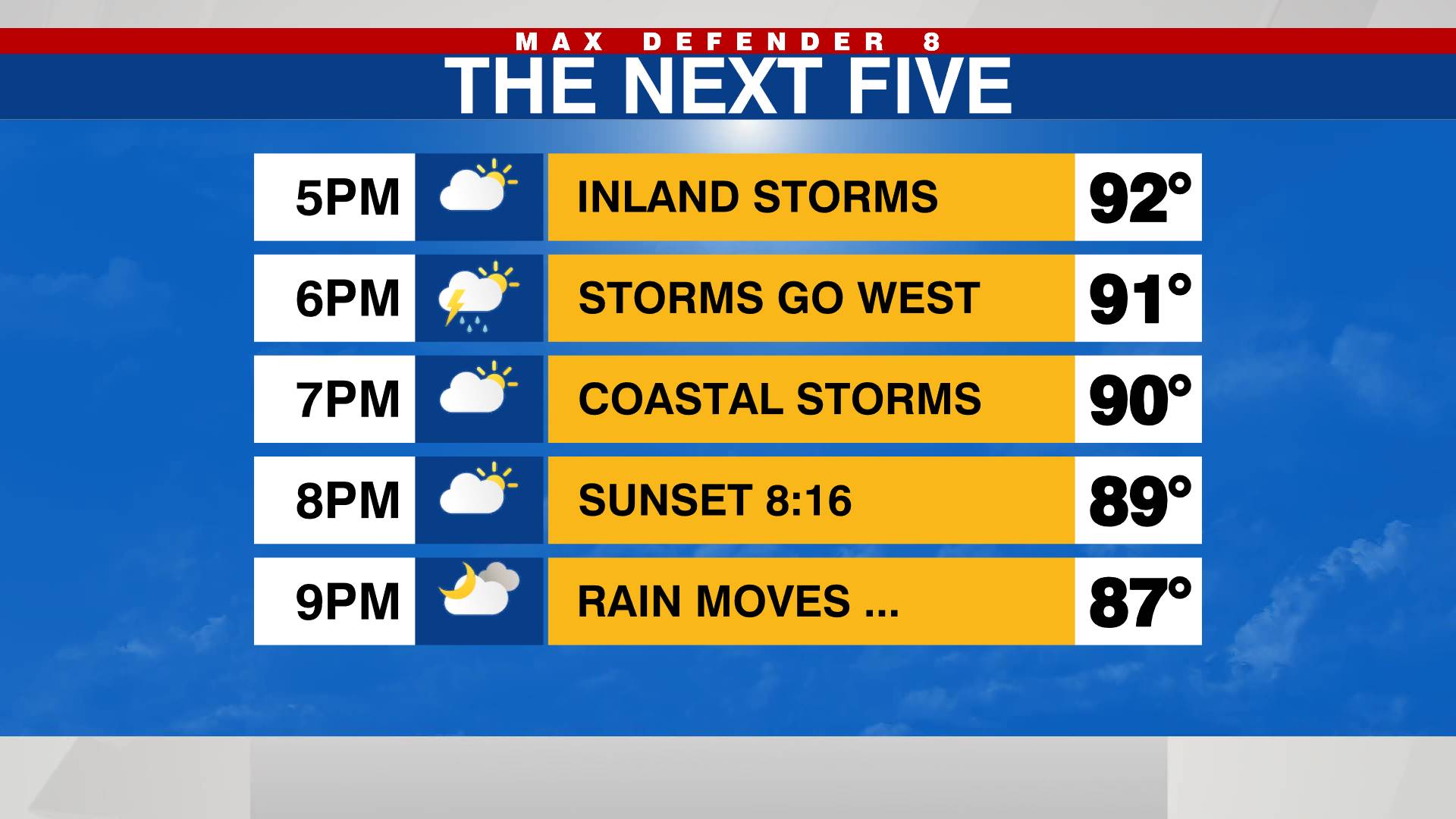TAMPA, Fla. (WFLA) – The director of the Florida Fish and Wildlife Research Institute is asking lawmakers for assistance during next year’s legislative session to help the West Indian manatee.
In a presentation to a subcommittee of lawmakers last week, Director Gil McRae discussed the Unusual Mortality Event caused by lack of seagrass on Florida’s eat coast, as well as red tide.
According to the Florida Fish and Wildlife Conservation Commission, a preliminary total of 974 manatees have died in the state this year. FWC reports only 87 of those deaths were related to watercraft.
The FWC previously noted that “most deaths occurred during colder months when manatees migrated to and through the Indian River Lagoon where the majority of seagrass has died off.” The high number of deaths related to lack of food for the manatees in the lagoon led to the declaration of a Unusual Mortality Event.
McRae said the institute is seeking over $33 million. The institute is asking for the following:
- $160,000 for manatee management
- $717,767 for rescue and mortality response
- $3 million for restoration and enhancement habitats, including lakes, rivers, springs and estuaries
- $2,950,000 to expand the manatee critical care network
McRae said in his presentation that there may be a need for a supplemental feeding program for manatees on the east coast if seagrass die-off continues into the winter months as manatees are on the move to warmer waters.
Patrick Rose, Aquatic Biologist and Executive Director, Save the Manatee Club believes more research and information is important to that plan.
“We need to look at likely testing with different types of plants and nutrition for the manatees and it will not be haphazard, it’ll be very controlled. It will be monitoring to see how they adjust and we have to also realize, just because you present food to manatees, they may or may not consume it,” Rose said.
Rose said Save The Manatee Club is in the conversation for the potential feeding program, if it comes to fruition, and no seagrass will be harvested from elsewhere to feed the manatees.
“There are other species, freshwater vegetation, that may be presented to them. That could be something they would do and then there are quality plants that are nuisance plants in Florida that are harvested anyway,” he said.
Save The Manatee Club reminds Florida residents and visitors that it is against state and federal law for citizens to feed manatees, no matter the location or situation.
Rose also voiced concern to protect seagrass in the Tampa Bay area to prevent die-off from happening.
“We’ve got to prevent Tampa Bay from slipping back into what happened in the 50s and 60s, where we lost about 85% of the seagrasses there due to primarily pollution and direct habitat alteration, and then we’re seeing systems all over Florida seeing the beginnings of these problems,” he said.
McRae also noted in his presentation that manatee calves often need years of care if sick, injured or orphaned and more facilities are needed to care for them. ZooTampa is currently one of only a few facilities in the state that has the capability to treat juvenile manatees.
McRae asked the subcommittee for money to build “specialized calf pools” at both the Florida Aquarium as well as the Bishop Museum of Science and Nature, which is currently a second-stage rehabilitation facility for manatees.
The latest estimate on the state’s manatee population is about 8,800 manatees, according to data presented by McRae, collected over 2015-2016.














